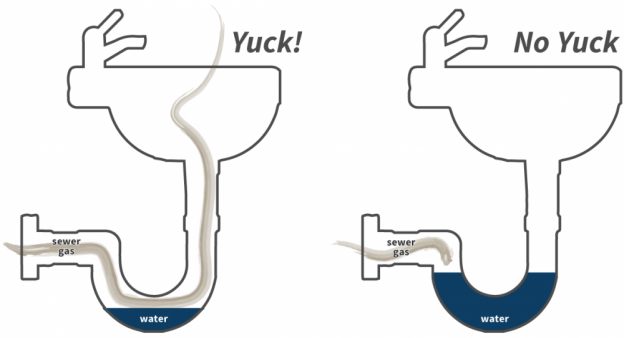FAQs
What is a Sewer Service Charge?
The Sewer Service Charge is not a tax. The Sewer Service Charge is a fee for service provided to the property (like your water bill) and collected on the property tax roll. Sewer Service Charges are intended to recover revenues sufficient to adequately fund sewer utility operations, maintenance, and capital replacement expenditures, meet debt service obligations, keep rates as competitive as possible and maintain a prudent level of reserves.
How are my rates determined?
Per Chapter 7 of the District Code, MVSD’s sewer service charges are based on the actual cost of service to collect, convey, treat, and dispose of our customers’ wastewater and to fully fund the construction, repair, rehabilitation, and ultimate replacement of all of the facilities and equipment required to provide these services. For more details, visit our Rates & Fees page.
How is a residence charged vs. a commercial business?
Residential single-family parcels are charged an annual rate for sewer service. Commercial business parcels pay a fee per hundred cubic feet (HCF) of water used. The average commercial business parcel will pay $5,745/year. This is significantly higher than the single-family residence rate of $888/year for FY 23-24.
Does MVSD offer rate discounts to ratepayers?
The MVSD Sewer Service Charge Assistance Program (SSCRAP) offers a 20% discount, which will be received in the form of a rebate check after all property taxes for the subject parcel have been paid. There are currently two requirements to confirm eligibility for the Sewer Service Charge Assistance Program. The application is for one single-family residence, that you must own and occupy, and is located within the District’s boundaries of Contra Costa County, and your annual gross household income cannot be more than the applicable low-income limit which is dependent on the number of family members. Visit the SSCRAP page for the application and additional information.
Why do rates increase?
Rate increases are needed principally for repair and replacement of aged infrastructure. The District is now 100 years old and although we have been successful in extending the life of critical infrastructure beyond their anticipated useful lives, capital projects for repair and replacement must be moved forward to avoid failures that would be harmful to the public and the environment.
How does sewer gas get inside your home?

Every drain in your home’s sewer system should have a “p”-shaped trap (plumbing trap or p-trap) that is properly vented, this includes showers, bathtubs, utility sinks, and floor drains. The p-traps on each drain “traps” water, creating a seal, or barrier, that will keep sewer gas out of your home. If one of these drains is rarely used, such as in a guest bathroom, the water creating the protective seal will eventually evaporate. This is a formula for trouble that can allow stinky sewer gas to seep into your home. Simply pouring some water into each of the seldom used drains should solve the problem. If odors persist, please call the District at 925-228-5635 for assistance.
